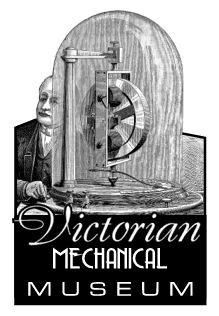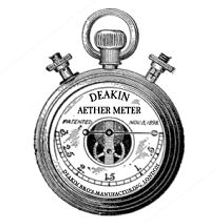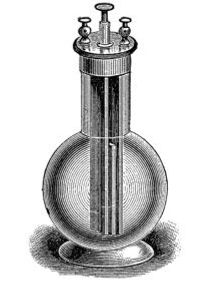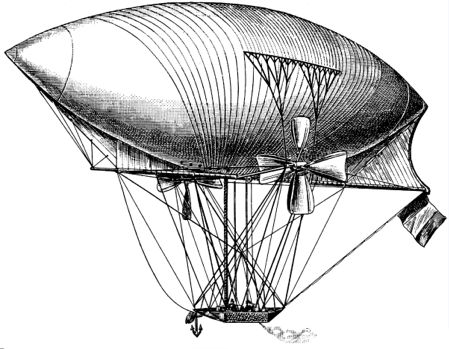The purpose of the Society of the Mechanical Sun has long been shrouded in mystery and secrecy, and rumors have abounded as to its mission and motivations. It was primarily populated by scientists, inventors and mechanical engineers. Whenever the group was threatened by public awareness, its members would attempt to portray it as a simple social club. Geoffrey Hawkins once responded to a reporter's inquiries by calling it a "--collection of self-absorbed intellectuals and academics too often debating matters most mundane and tedious." But Hawkins and his associates were notable for cleverly misrepresenting their remarkable and often fantastic private adventures, and consistently portraying these affairs " . . . as fanciful fictions better suited to the penny dreadfuls than events of any historical significance."
Many prominent Victorians were rumored to have been members. Speculation focused on figures such as Arthur Conan Doyle, Joseph Bell, Max Planck and Heinrich Hertz, just to name a few. Wilkie Collins reportedly told close friends that he had declined a membership invitation. Jules Verne was frequently mentioned as being one of the group's founding members. Yet neither history, nor any of the contents of the Hawkins Strongbox so far cataloged, have yet to confirm Mechanical Sun membership of anyone other than the four individuals we are about to identify.
On the evening of 9 January, 1882, Geoffrey Hawkins, Timothy Deakin, Berkley Vanderzee and Falynne Hyperion met in a private dining room at the Scientia Club in London. Over the course of a few hours, they created the Society of the Mechanical Sun and initiated themselves as its charter members. Strongbox items so far documented indicate that the group's initial mission focused on containing the use of ætherdynamic technology, especially as it related to the plans and machinations of Dr. Enoch Cyncad.
 A few weeks later, Berkley Vanderzee presented each of the members, including himself, with a custom-designed æther-powered pocket watch, denoting their status within the Society. Vanderzee personally constructed the four timepieces and also designed the Mechanical Sun emblem that adorned the cover of each one. (Objects employing the same design can be found in Items 47 and 48.) An inscription on the inside cover of each read "The Society of the Mechanical Sun; January 9, 1882." The watch face was personalized to each individual and also included Mechanical Sun and Vanderzee identifications. The design required no winding as its internal mechanisms were powered by a small but powerful æther cell.
A few weeks later, Berkley Vanderzee presented each of the members, including himself, with a custom-designed æther-powered pocket watch, denoting their status within the Society. Vanderzee personally constructed the four timepieces and also designed the Mechanical Sun emblem that adorned the cover of each one. (Objects employing the same design can be found in Items 47 and 48.) An inscription on the inside cover of each read "The Society of the Mechanical Sun; January 9, 1882." The watch face was personalized to each individual and also included Mechanical Sun and Vanderzee identifications. The design required no winding as its internal mechanisms were powered by a small but powerful æther cell.Geoffrey Hawkins' Mechanical Sun timepiece was found within the Hawkins Strongbox, carefully preserved inside a metal case with a cushioned interior. A small note was also found within the case.
The text of the note:
At 5:56 on the morning of July 17, 1955, Vanderzee's timepiece is finally still. It was powered by the last remaining active æther cell on the planet.The Mechanical Sun timepieces belonging to Berkley Vanderzee, Timothy Deakin and Falynne Hyperion remain unaccounted for.




















2 Observations:
Have the watches been valued? Any hope that the technology to make a new aether cell will be rediscovered? Imagine the implications to the planet of a new power source...
Perhaps it is time for me to reread Sherlock Holmes, with a focus on perhaps discovering cyphers that Doyle might have embedded within the text regarding the Society of the Mechanical Sun, perchance even the timepiece itself.
Post a Comment